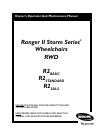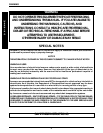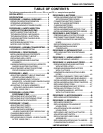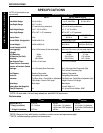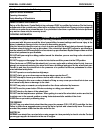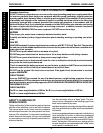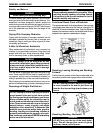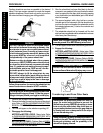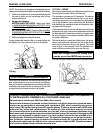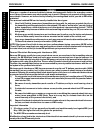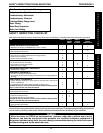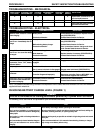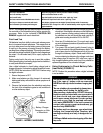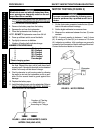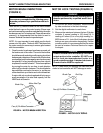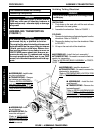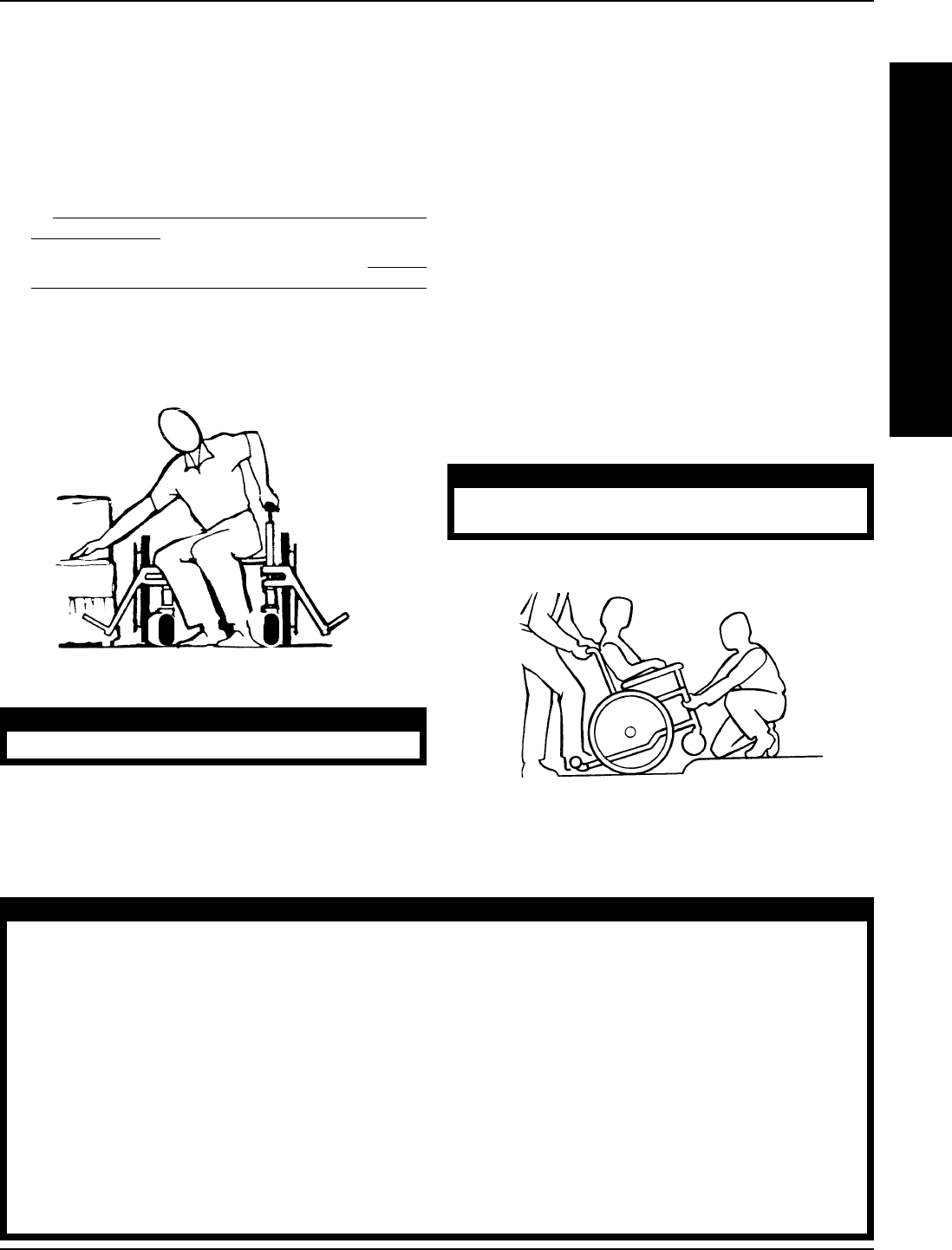
9
WARNING
CAUTION: IT IS VERY IMPORTANT THAT YOU READ THIS INFORMATION REGARDING THE POSSIBLE EFFECTS
OF ELECTROMAGNETIC INTERFERENCE ON YOUR POWERED WHEELCHAIR.
Electromagnetic Interference (EMI) From Radio Wave sources
Powered wheelchairs and motorized scooters (in this text, both will be referred to as powered wheel-
chairs) may be susceptible to electromagnetic interference (EMI), which is interfering electromag-
netic energy (EM) emitted from sources such as radio stations, TV stations, amateur radio (HAM) trans-
mitters, two way radios, and cellular phones. The interference (from radio wave sources) can cause
the powered wheelchair to release its brakes, move by itself, or move in unintended directions. It can
also permanently damage the powered wheelchair's control system. The intensity of the interfering EM
energy can be measured in volts per meter (V/m). Each powered wheelchair can resist EMI up to a
certain intensity. This is called its "immunity level." The higher the immunity level, the greater the protec-
tion. At this time, current technology is capable of achieving at least a 20 V/m immunity level, which
would provide useful protection from the more common sources of radiated EMI. This powered wheel-
chair model as shipped has an unknown immunity level.
Tilting
WARNING
DO NOT tilt the wheelchair without assistance.
When tilting the wheelchair, an assistant should grasp the
back of the wheelchair on a non-removable (non-detach-
able) part. Inform the wheelchair occupant before tilting the
wheelchair and remind him/her to lean back. Be sure the
occupant’s feet and hands are clear of all wheels.
TILTING: CURBS
TILTING - CURBS.
After mastering the techniques of tilting the wheelchair, use
this procedure to tackle curbs, short stairs, etc.
This procedure requires two (2) assistants. The second
assistant should be positioned at the front of the wheel-
chair lifting upward on a non-removable (non-detachable)
part of the wheelchair frame when lifting the wheelchair
and stabilizing the wheelchair when the wheelchair is be-
ing lowered to the ground.
The first assistant should turn the anti-tippers so the wheels
are pointing up, apply a continuous downward motion until
the balance point is achieved and the front casters clear
the curb. At this point, the assistants will feel a difference in
the weight distribution.
Roll the wheelchair forward and slowly lower the wheel-
chair in one continuous movement. Do not let the wheel-
chair drop the last few inches to the ground. This could
result in injury to the occupant. Push the wheelchair for-
ward until the rear wheels roll up and over the curb.
WARNING
Make sure anti-tipper wheels are pointing down
towards ground/floor BEFORE using wheelchair.
Turn the anti-tipper wheels down towards the ground/floor.
NOTE: This activity may be performed independently pro-
vided you have adequate mobility and upper body strength.
1. Position the wheelchair as close as possible along side
the seat to which you are transferring, with the rear
casters parallel to it.
2. Engage the following:
MOTORS w/MOTOR LOCKS - Motor locks. Refer
to
DISENGAGING/ENGAGING MOTORS WITH
MOTOR LOCKS in PROCEDURE 12 of this manual.
MOTORS w/CLUTCHES - Clutches. Refer to
DISEN-
GAGING/ENGAGING MOTORS WITH CLUTCHES
in PROCEDURE 12 of this manual.
3. Shift body weight into seat with transfer.
During independent transfer, little or no seat platform will
be beneath you. Use a transfer board if at all possible.
GENERAL GUIDELINES PROCEDURE 1
G
E
N
E
R
A
L
G
U
I
D
E
L
I
N
E
S



